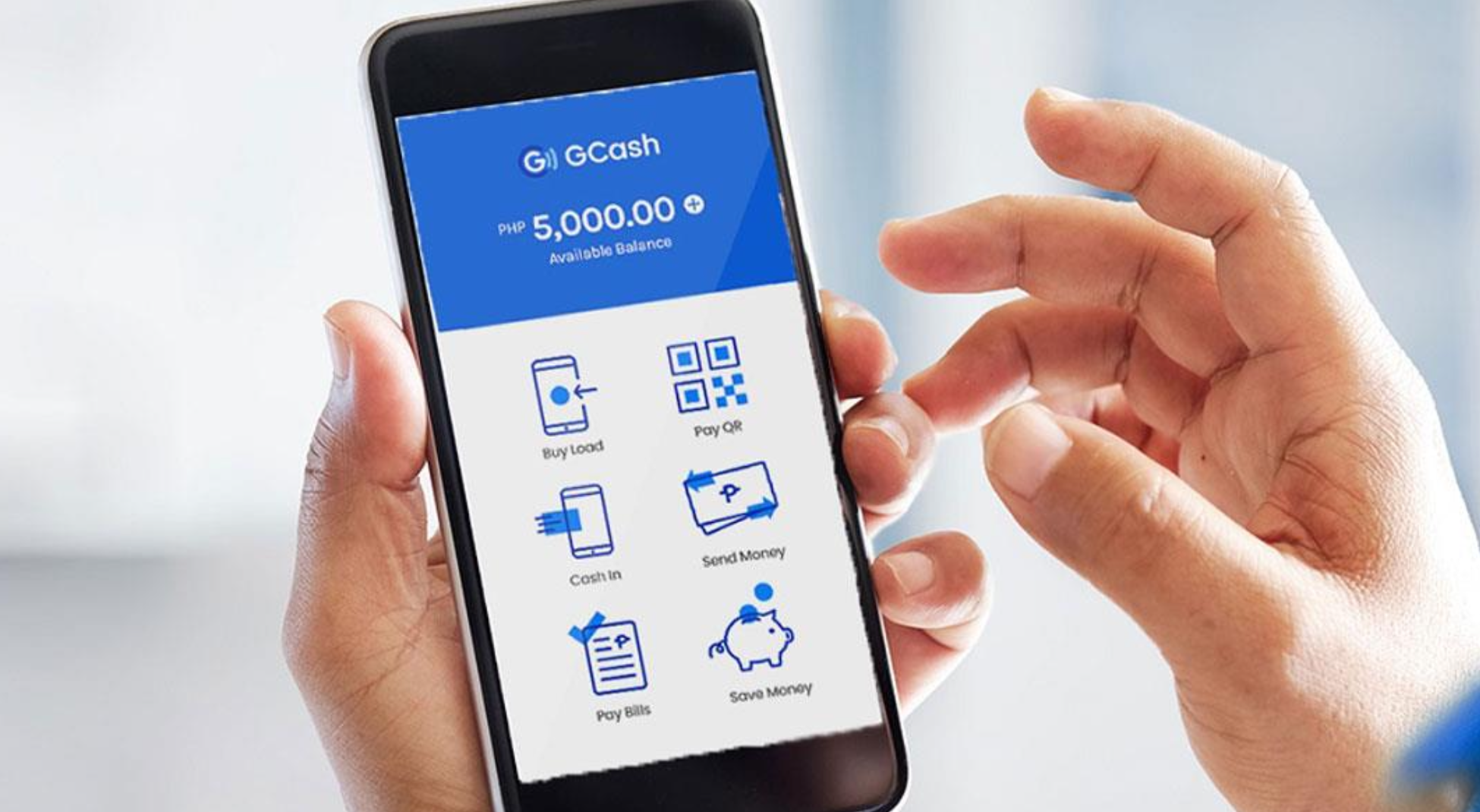
Mobile payments and telco financial services – Top 5 examples

Our top 5 examples mobile payments and telco financial services is drawn from STL’s April 2021 report; Are telcos smart enough to make money work? which shows a growing number of telcos around the world are expanding beyond mobile payments and mobile payment systems with consumer financial services such as loans, savings and insurance in addition to mobile phone payment services.
Most telcos have the capabilities required to develop a compelling financial services proposition, except for three – industry knowledge, consumer app development and data analytics/machine learning expertise. To address those gaps, most telcos will need to partner with banks and/or specialist fintech players.
Our report reviews these approaches with the following top 5 examples of mobile payments services.
1. Safaricom’s M-Pesa
In March 2020 the M-Pesa mobile payment service was serving almost 25 million customers in Kenya. The success of M-Pesa has enabled mobile operator Safaricom to expand into a wide range of financial services, aimed at both consumers and businesses, notably farmers. M-Pesa is now accepted in over 173,000 outlets in Kenya. In the financial year ending March 31, 2020, M-Pesa accounted for more than one third of Safaricom’s revenue.
Services have expanded to include m-tiba: a digital health application and e-wallet enabling customers to save towards their health expenses; Fuliza; providing consumer credit overdraft facility in cases where customers have insufficient credit to complete a transaction, and Digi Farm; a platform offering financial and credit services, agri products and farming knowledge. In most cases, the operator is delivering these services in tandem with partners, such as KCB Group (a bank) and Visa. Safaricom’s savings and lending, under the Fuliza brand is a key growth engine.
2. Turkcell’s Paycell
Paycell is a mobile payments service for consumer and merchants facilitating both in-person and online shopping processes, including bill payments, car fuel purchases, mobile money transfers and payments with QR codes. Paycell’s mobile payments business experienced good growth in 2020 as e-commerce and cashless payments soared during the pandemic. Latest service features include the ability for customers to transfer their prepaid airtime to their Paycell card (cash) to make payments.
Paycell generates revenue from four sources: Mobile payments, bill payments, merchant solutions and Paycell card transactions. There are now 12,000 merchant payment points in Turkey that accept Paycell and the number of people using the service at least once in a three-month period now stands at 4.7 million. Paycell handled transactions amounting to TRY9 billion (US$1.2 billion) in 2020. The company has ambitions to make Paycell a Super App enabling customers to manage multiple financial services.
Turkcell’s other “techfin” brands include Financell; providing loans to individuals and companies and Güvencell; an insurance services business. In 2021, the company also plans to launch a “wealth management solution” enabling trade of cryptocurrencies, local and global stocks, as well as an “innovative customer finance” solution. It also intends to increase its presence in “insure tech”.
3. Orange Money Africa & Orange Bank in Europe
In Africa, Orange Money offers digital payments and money transfers in 18 countries in Africa and in Romania. It has also expanded its services to savings, loans and insurance products in select markets. The service is generally independent of Orange’s telecoms networks with the Orange Money wallet linked to the customer’s phone number. At the end of 2020, the Orange Money customer base comprised almost 22 million active customers, up 20% year-on-year. In the midst of the pandemic, Orange Money’s revenues rose almost 22% in the fourth quarter of 2020, meaning the business generated more than €500 million revenues for the full-year (just over 1% of group revenues).
Orange Bank Africa launched in July 2020 in Côte d’Ivoire, where Orange initially launched Orange Money 2008. By the end of 2020, it had attracted more than 350,000 customers with more than half taking out loans. Orange Bank anticipates very strong demand for micro loans in Africa.
In Europe, Orange Bank had 1.2 million customers across its operations in France and Spain at the end of 2020. Of these, 650,000 were using banking products (a bank account or consumer loan) and 530,000 had a mobile insurance product. Orange Bank France is pursuing what it calls a value-oriented strategy, offering customers a range of premium card benefits such as travel and purchase protection insurance, cash back on purchases and other benefits for a monthly fee between €5-€8 per month. More than 90% of its new customers in the fourth quarter of 2020 chose a premium offer, compared to 30% during the same period of 2019. In July 2020, Orange Bank Spain and Mastercard launched a virtual debit card via the Orange Bank service. In January 2021, Orange Bank acquired Anytime, a French based online bank targeting professionals and SME. While Orange views financial services as one of three growth engines, its partner Groupama intends to sell its 22% stake.
4. Telefónica – Movistar Money
In April 2019, Telefónica in Spain launched Movistar Money, a consumer loan service giving its Spanish contract customers the ability to obtain credit of up to €3,000 in less than 48 hours without documentation or initial fees. The operator has partnered with CaixaBank Group for this online consumer loan venture, providing finance loans of between €1,000 and €3,000 over 24, 36 or 42 months. Telefonica has previously partnered with CaixaBank to offer device financing products and Movistar Money is the next iteration of this relationship.
Telefónica is rolling out similar financial services across its footprint such as Vivo Money in Brazil and Movistar Money in Colombia.
5. NTT Docomo
Finance and payment services such as d Payment and d Card have been one of the main drivers behind the success of NTT Docomo’s Smart Life business which also includes content/lifestyle solutions.
d Payment service allows people to pay for purchases made on online shopping sites or physical retail stores through their monthly telephone bill (carrier billing). The primary source of revenue for d Payment is the commission payable by the merchants to Docomo.
d CARD is a credit card that can be used for payments both at merchants supporting Docomo’s own brand “iD”, as well as the international brands (Visa and Mastercard) chosen by customers when they join the credit card service. d Card generates revenue from the card issuer’s share of the commissions paid by the credit card merchants, interest in credit instalment payment services and the annual membership fee.
Over 2020, the operator saw strong growth in transactions of both d Card and d Payment, particularly the latter where the value transactions doubled compared to 2019. The locations where Docomo payments can be carried out also more than doubled between 2019 and 2020.
The Smart Life unit generated nearly 12% of group revenue in FY 2019 with finance/payment services contributing largely to revenue growth.
See more research reports on telco financial services:
- What is mobile payment?
- Cashing in on the end of cash
- Will a big bet on banking pay for Orange – and other telcos?
The above telco financial service plays are cited in our recent April 2021 report: Are telcos smart enough to make money work? which discusses why operators should establish partnerships with banks and/or specialist fintech players to strengthen their financial services propositions.
Download this article as a PDF
Read more about consumer services
Consumer insights pack
This document will provide you with a summary of our insights from our consumer services work
What is smart Wi-Fi?
Smart Wi-Fi refers to the use of capabilities in the Wi-Fi system that enhances the network service (reliability, availability and latency).
What is GCash?
In this article, we explore some of the reasons why GCash has become so successful and the ongoing challenges they will face.
AI in telecoms: Where is it having an impact
AI can have tremendous impact in telecoms. We look at three use cases where AI is being used effectively in customer facing scenarios.




